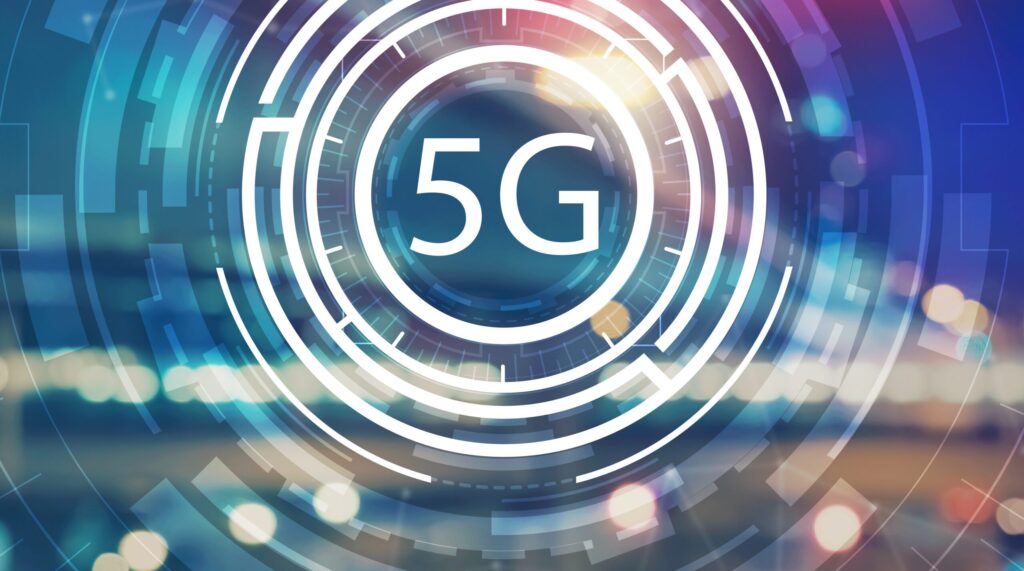Energy efficiency in telecom networks is challenging to measure and understand
As the saying goes, you can’t improve what you can’t measure. And mobile network operators these days are very interested in improving their energy efficiency in order to reduce, or at least hold stable, their energy-related operating costs.
During a session at this week’s Telco Sustainability Summit, Emanuel Kolta, lead analyst for network innovation and sustainability at GSMA Intelligence, outlined some of the challenges that are inherent with measuring and benchmarking energy efficiency in telecom networks.
First of all, Kolta pointed out, telecom networks are not in a steady state, they are constantly changing—not just in terms of the equipment and software which make them up, but also in terms of the services which they provide. The networks and services of today are considerably different than where they were even five years ago. The number of connections, and the percentage of 5G traffic, are only expected to increase in the coming years.
The telecom industry constantly finds itself in a position of needing to do more and more with (ideally) the same, or less, amount of energy: serve more connections and transfer more data than ever before, with stricter requirements around quality of service, latency and so on, Kolta pointed out. And operating budgets aren’t infinite. Energy costs, he said, are usually the third most important OpEx category for network operators, behind human labor costs and site rental costs.
So how do you go about creating measures of energy efficiency in telecom networks that can actually provide an accurate view and an apples-to-apples comparison over time?
Energy efficiency is usually measured by a ratio of a useful output to a unit of measure: For example, vehicle efficiency is calculated by how much gas it takes to travel a specific distance, resulting in a miles-per-gallon measurement.
But the output of telecom networks has radically shifted over time, Kolta pointed out: from voice to SMS to data traffic. “You need to redefine the metrics in the 5G era,” he said, to include things like low latency, connectivity for drones, private networks, and so on.

And, he continued, “It’s not just [that] the output of the industry is always changing and makes it hard to measure energy efficiency, but also it’s way harder to measure and compare between different networks, as every mobile network, every carrier is operating in a different environment. … How can you compare a network from Canada to the Netherlands or to Egypt, where you have [a] completely different environment to operate in?” Kolta reflected. “The task is not the same, and the result is not the same.”
Spectrum holdings and country-to-country allocations, geography, weather and climate are also some of the factors that are beyond an operator’s control when it comes to its ability to operate its network in the most energy-efficient way. Additionally, between 40-60% of site-level energy consumption comes from passive network components rather than the active equipment, Kolta said, such as on-site batteries, heating or cooling, security, and so on.
But there is one fundamental when it comes to energy efficiency in telecom networks, he said: Network operators face the challenge of needing to get more out of every unit of energy, and in order to do so, they have to understand their energy usage.
The total energy consumption of a mobile network can be understood in four ways, Kolta said. Those are:
-Energy consumption per mobile data traffic unit
-Energy consumption per connection
-Energy consumption per cell site
-Energy consumption per revenue
“None of these factors give you a full picture, but the combination of these KPIs can help you to have a better understanding of energy efficiency,” he said.
It is also important to define the scope of how you are assessing energy efficiency in telecom networks, in order to provide a consistent view for comparison. Operators can look at metrics across differing scopes: at the site level, at the equipment level, at a data center level, and at a holistic operating level that accounts for company offices, vehicle fleets, retail stores, travel and so on, Kolta said.
GSMA Intelligence has an ongoing project that is focused on gathering energy-related data from operators around the world in order to develop a better understanding and measurement of energy efficiency in telecom networks. This year, that project will get data contributions from 90 operators around the world, using the four KPIs mentioned above as well as additional key performance indicators, such as where the operator gets its energy (traditional grid purchases, on-site renewables, diesel generators, etc.).
That project is the largest known study and anlaysis of energy efficiency in telecom networks, Kolta said.
Watch more from Kolta’s session on measuring energy efficiency in telecom networks and additional content on-demand at Telco Sustainability Forum.

